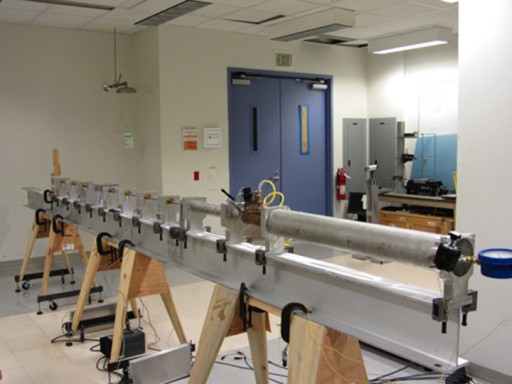Nanofoams can better protect soldiers and buildings
March 27, 2013

From left: Porous silica, with an average pore size of a few microns seen at the 5-micron, 20-micron and 50-micron scale (credit: UC San Diego)
Nanofoams that could be used to make better body armor, prevent traumatic brain injury and blast-related lung injuries in soldiers, and protect buildings from impacts and blasts are being developed by University of California, San Diego engineers.
“We are developing nanofoams that help disperse the force of an impact over a wider area,” said Yu Qiao, a professor of structural engineering at the Jacobs School of Engineering at UC San Diego. “They will appear to be less rigid but will actually be more resistant than ordinary foams.”
The nanofoams are made up of a honeycomb, or porous, structure and are very light — pores make up anywhere from 50 to 80 percent of the structure. Researchers have been trying to determine the optimal pore size to absorb energy from impacts.
They have manufactured samples with pore sizes ranging from 10 nanometers to 10 microns. Preliminary results show that when pore size reaches tens of nanometers, the material seems to perform best.
Those samples absorb energy from an impact or blast over a wider area, which makes the material more resistant to impacts and blasts. By contrast, in ordinary foams, energy is absorbed in one localized area, leading to quick failure.
This problem is called “damage localization” and means that ordinary foams do not perform well to protect against impacts or blasts.
The materials are tested in Qiao’s lab at the Jacobs School. Samples are placed in a testing rig powered by a gas gun and subjected to increasingly stronger impacts. Researchers then put the samples under a scanning electron microscope to examine the damage. They use extensive data analysis to determine how much energy the nanofoams absorbed during the impact tests.
“People have been looking at preventing damage from impacts for more than a hundred years,” said Qiao. “I hope this concept can provide a new solution.”
